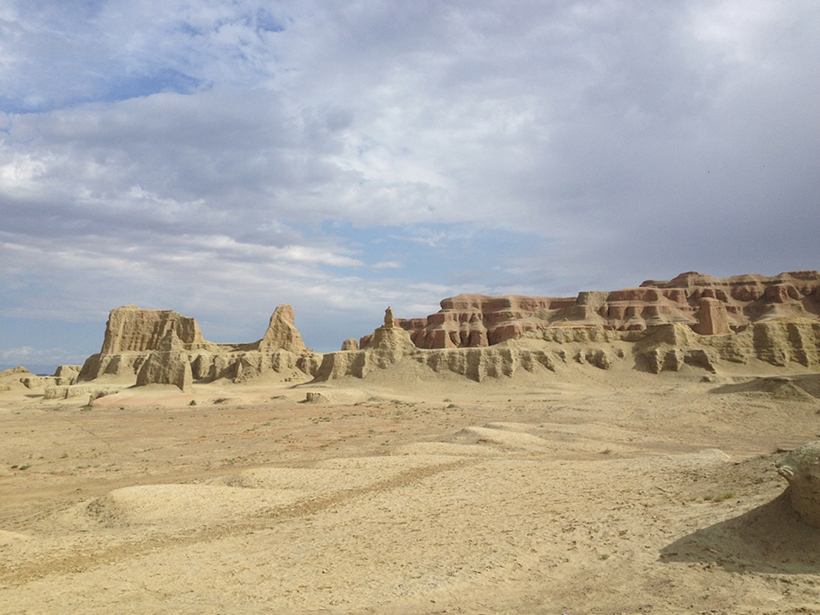Source: Journal of Geophysical Research: Solid Earth
Practically every geological feature on the face of the Earth is a result of the steady movement of tectonic plates. Mammoth slabs of oceanic and continental crust jostle and leapfrog each other, and the traces of these plate motions are sometimes preserved in the rock record. Reconstructing the history of tectonic plate movement is essential to better understand the history of the planet.
However, identifying ancient subduction zones remains a challenge because scientists rarely see traces of collisions between oceanic slabs and continental crust. Now Xu et al. have found new evidence of a fossil intraoceanic subduction zone in northwest China.

The team focused on the geology of the Darbut belt, a part of the western Junggar region of northwest China, and collected magnetotelluric data using 60 broadband stations located along a 182-kilometer stretch running northwest to southeast. This technique allows scientists to measure the electrical conductivity of geological materials and recognize features of both modern and fossil subduction zones—for example, spotting a resistive oceanic plate under conductive oceanic upper mantle.
Using this method, the researchers were able to obtain a resistivity model of the area, which they interpreted alongside geological and geophysical observational data, mineral physics experiments, and geodynamic modeling from previous studies.
Hidden beneath the accretionary layers of the western Junggar basin, they spotted the remains of a late Carboniferous intraoceanic subduction system. It is similar to a modern intraoceanic convergent boundary and unusually well preserved—no major tectonic events took place in the millennia since to destroy these geologic features. The authors believe this discovery provides valuable insight into the formation of collision belts and the potential exploration of mineral resources in the area. (Journal of Geophysical Research: Solid Earth, doi:10.1002/2015JB012394, 2016)
—Lily Strelich, Freelance Writer
Citation:
Strelich, L. (2016), Traces of ancient buried subduction zone found in China, Eos, 97, https://doi.org/10.1029/2016EO054583. Published on 22 June 2016.
Text © 2016. The authors. CC BY-NC-ND 3.0
Except where otherwise noted, images are subject to copyright. Any reuse without express permission from the copyright owner is prohibited.

